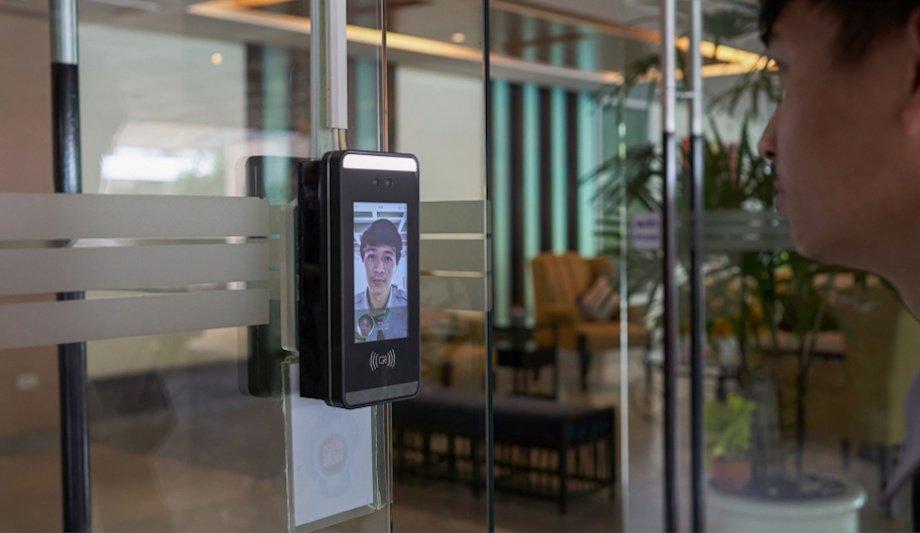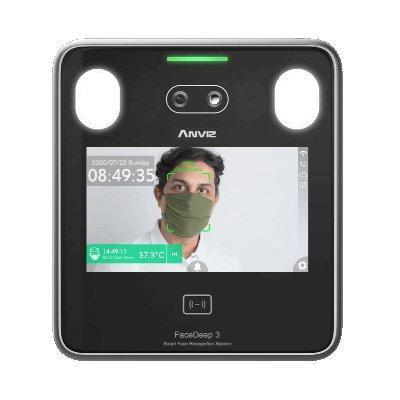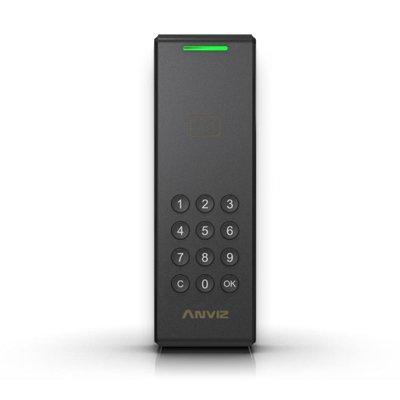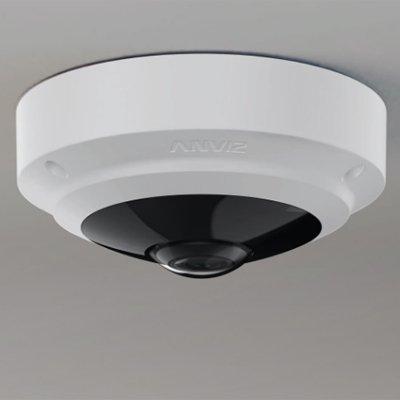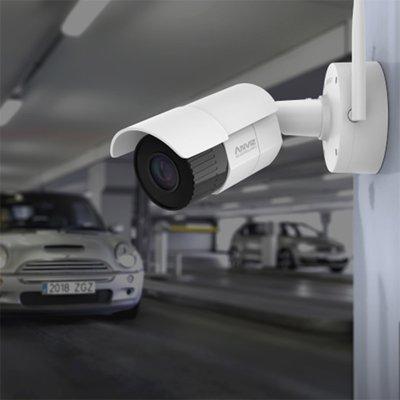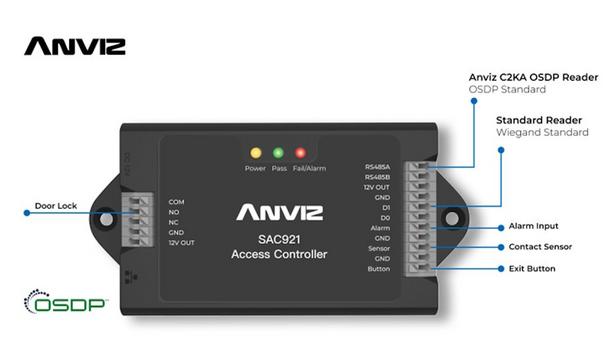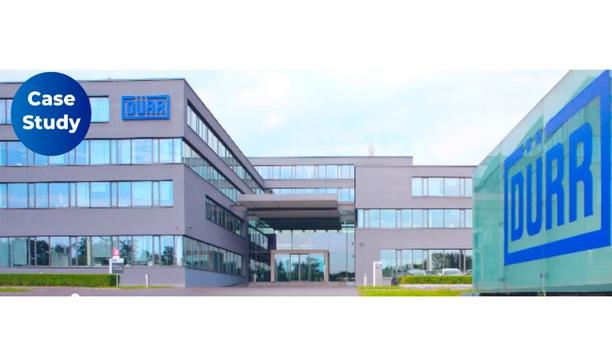
Has convergence evolved, and how converged are today’s systems?
Editor Introduction
As cutting-edge trends go, convergence has been around for at least two decades. The meaning has shifted over the years, and if anything, the idea of convergence has gotten even more aspirational. Unfortunately, the widespread use of the term has also paradoxically undermined its meaning and power. However, today's concept of convergence has matured to provide new levels of benefit for security professionals. We asked our Expert Panel Roundtable: How has the meaning of “convergence” evolved in the security market? How are systems today more converged than ever?
Historically, access control was implemented as a separate business system using identification or verification methods specific to site requirements and security goals. PIN codes, proximity cards, and more recently, localised biometrics, were the access media of choice. As deployments increased in sophistication, several technologies converged to form a solid platform into which many new applications could co-exist. For example, cloud-based solutions allowed previously independently-operated applications to converse and when applicable, securely exchange data. Hand-in-hand with the cellular network's broad availability, smartphone systems using Bluetooth and/or NFC to provide access – while simultaneously giving system administrators visibility and control – have highlighted the technological convergence we have seen over the past years. Today, aside from very constrained legacy deployments, technology and application convergence have proven themselves to be reliable, convenient, and lowered total cost – and as security is a never-ending motivation and focus, improvements will continue to bring enhanced capability, with ever-increasing security for corporations and their employees.
Traditionally, convergence described the integration of physical security with IT systems to streamline operations and build functionality. But in today’s world, security must extend beyond traditional protection to incorporate regulatory compliance, business continuity, and operational resilience. Achieving this requires more than seamless technology integration—organisations must also align policies, processes, and departments internally to establish a unified security strategy. Modern convergence is no longer just about connecting systems—it’s about creating intelligence from those connections. That’s why it was important for us at acre to expand our AI capabilities with REKS, and we will continue innovating in this segment. We want to help security pioneers break down silos between access control, intrusion detection, and analytics. With real-time data visualisation and machine learning, stakeholders can proactively detect anomalies, mitigate risks, and improve overall security outcomes. This shift moves security pioneers beyond siloed operations, supporting a proactive and holistic approach to security and business agility. By integrating AI capabilities with acre’s ecosystem, we are helping organisations transform security data into actionable intelligence, ensuring they can adapt, protect, and thrive in an increasingly complex threat landscape.
Conversations about “convergence” in the security market have been focused on the blurring lines between physical security and IT/cybersecurity, but those conversations are broadening beyond just organisational alignment as demand for cloud-based systems has grown. In many organisations today, physical security and IT have become inherently linked. Physical security serves as the first line of defense in protecting critical endpoints and assets, while IT pioneers—already familiar with managing cloud-based systems—have been well-positioned to bring physical security under their remit. But convergence has broadened significantly beyond just the physical and cyber worlds. Whether through native integrations or open application programming interfaces (APIs), cloud-based security systems are more interoperable and flexible. This allows organisations to seamlessly connect cameras, access control, sensors, and other security devices—not just with each other, but also with broader business systems such as communication platforms like Slack, employee directories like Microsoft Entra ID, and retail point-of-sale systems. This deeper level of convergence—both within security technologies and with third-party data sources—is delivering greater context, richer insights, and expanded use cases beyond safety and security.
Now more than ever, organisations are demanding more from their business systems. With an increasing number of business systems centred around providing organisations with operational efficiencies and an increase in capabilities, functionality, and revenue, the importance of the integration of these systems is more crucial than ever – reducing the administrative burdens on organisations, ensuring systems are easy to manage and providing the flexibility for different user personas within organisations. We have seen a shift from organisations deploying multiple disparate systems, all with different users, to the need for convergence of these systems, to ensure they are all “talking to each other,” providing streamlined operations, and the best ROI for the organisation.
Convergence is not a one-size-fits-all solution; it requires tailoring to the unique needs of each organisation. However, its principles provide a roadmap for physical security pioneers to redefine their roles and secure greater relevance within their enterprises. Cybersecurity is a great example of leveraging the latest technology, aligning it with organisational goals, assessing risk, and ultimately, getting stakeholder buy-in. As systems become more converged, physical security executives can embrace this framework to drive innovation and business objectives.
The meaning of convergence in security has evolved dramatically – from simple system integration to the creation of intelligent, predictive security ecosystems. Today's convergence represents a sophisticated fusion of video technology, artificial intelligence, data analytics, and IoT devices working in concert, fundamentally transforming organisational security and operations. Modern converged systems demonstrate this through open platform video management software that seamlessly integrate with analytics, access control, environmental sensors, and building management systems. Real-world applications demonstrate the power of this approach. Schools, for instance, now deploy smart sensors and video analytics alongside open video management software to detect everything from vaping to air quality issues, while healthcare facilities use AI-powered cameras to predict potential emergencies. Smart cities integrate licence plate recognition and environmental sensors to optimise traffic flow and emergency services. This deeper convergence enables organisations to shift from reactive to proactive awareness, using predictive analytics to prevent potential threats before they materialise, ultimately moving from incident response to threat prevention. The true value lies not only in the integration of technologies, but in the actionable intelligence that emerges from their synchronised operation.
In the security space, convergence has come to refer to implementing seamless, end-to-end systems, as well as combining efforts between physical security and cybersecurity to ensure the highest possible level of protection against breaches. Organisations today will not benefit much from siloed systems that offer little insight into company-wide security operations; they require integrated systems that encompass video, audio, access control, analytics, and more to allow all solutions to work together to enhance both safety and operations. Further, with cybersecurity becoming just as important as physical security, organisations are increasingly considering the two together as they work to protect confidential company data and prevent costly, disruptive attacks. We have reached the point where the conversation cannot end at physical security alone – convergence with cybersecurity is necessary for moving forward safely and ensuring that organisations can get the most out of their devices without risking their digital health.
The convergence of physical security and IT has been happening for years, spurred initially by the transition from analog to IP-based systems and, more recently, by the move to cloud-based solutions. The concept of “convergence” has evolved from simply linking IT and physical security systems to fostering collaboration between both teams to protect physical assets and digital infrastructure. By using a unified security platform, organisations foster stronger collaboration between these teams. IT and security teams have access to a comprehensive view of real-time risks and effective tools to harden systems and devices. Hybrid-cloud deployments also enhance convergence by centralising management and data integration. They reduce the burden on IT and physical security staff by eliminating the need to manage servers and automatically pushing updates to the system. A unified system can even provide a cybersecurity score so IT can secure the expanding ecosystem of devices attached to the system.
The meaning of security “convergence” continues to evolve. In the access control space, one way this was interpreted was as a reference to bridging access to physical places and digital spaces with mobile access solutions. Use of the term accelerated with the advent of corporate apps and/or mobile wallets that have been integrated with open-architecture physical access control solutions (PACS), making it even easier to realise the benefits of physical and digital security convergence. The meaning of convergence has also broadened to encompass new access methods including biometrics, and the use of physical access control data for additional applications including flexible workspace management and building usage monitoring. We also reported in our recent Industry Report: State of Security and Identity 2025 study that today’s increasingly integrated technology landscape continues to drive a shift toward open, software-driven security platforms. The industry is looking for seamless technology integration and more unified management of converging physical and digital security functions.
Since the 1990s, security convergence evolved from merging physical and network security into integrating physical, digital, and operational security. Initially, organisations combined controls to address risks from siloed measures. In the 2000s, connections between physical systems and IT security led to unified governance frameworks. By the 2010s, convergence became holistic, driven by cloud computing and mobile devices. Today, a unified framework aligns all security domains, integrating controls for cloud services, IoT, and industrial systems. Looking ahead, convergence will leverage AI, machine learning, and predictive analytics to enhance threat detection and response, while privacy regulations like GDPR and CCPA shape measures to protect user privacy.
Editor Summary
Over the years, factors such as the analog-to-IP transition and cloud-based systems have transformed the meaning of "convergence," largely expanding the concept and increasing its benefits for integrators and end users. As our Expert Panelists note, convergence is an integral factor in the future of security systems and will continue to drive our market for the foreseeable future.
Anviz Global Inc. products
Anviz Global Inc. news
As cutting-edge trends go, convergence has been around for at least two decades. The meaning has shifted over the years, and if anything, the idea of convergence has gotten even more aspirational. Unfortunately, the widespread use of the term has also paradoxically undermined its meaning and power. However, today's concept of convergence has matured to provide new levels of benefit for security professionals. We asked our Expert Panel Roundtable: How has the meaning of “convergence”...
Technology innovations and an evolving threat landscape will be core factors impacting the physical security market in 2025. Technology elements such as artificial intelligence (AI), multi-factor access control, and mobile devices will continue to drive growth in the greater industry. We asked our Expert Panel Roundtable: What is the outlook for the physical security industry in the year ahead?
Anviz (a business unit of Xthings Group, Inc.) has officially launched an OSDP (Open Supervisory Device Protocol)-enabled access control solution. The goal is simple: improve the shortcomings of legacy access control systems while enabling bi-directional, secure data interactions between systems and components. While communication standards ensure interoperability among diverse technologies designed and manufactured by global companies – evolving standards like OSDP allow the application...
Anviz Global Inc. white papers
Anviz Global Inc. case studies
When they talk about digitalisation, there is one topic that keeps coming up: Smart Office. Intelligent IoT solutions that makes the users’ everyday lives safer, more comfortable, and more efficient. Systems to centrally manage employees' access with no keys and physical cards - face recognition, manage employee time tracking, and secure office printing with the embedded face recognition reader, are now seen as state-of-the-art. Dürr, founded in 1896, is a mechanical and plant engine...
With the market constantly demanding security changes, Anviz has taken a bold step forward with the launch of the M7 Palm—a groundbreaking smart biometric access control terminal that harnesses the power of palm vein recognition technology. As the need for intelligence and security in building spaces continues to evolve, the demand for more compatible yet user-friendly access control solutions has never been stronger. The M7 Palm represents our answer to this challenge, offering a unique...
The Middle East has recently expanded its real estate market as the region's economy grows and urbanisation accelerates. This trend has led to an increasing demand for smart security, and the pace of digital intelligence change is gradually increasing. The security industry in the Middle East is rapidly growing, driven by the government's strong emphasis on national security and terrorism prevention. Centralised systems management Significant attention and investment have been directed towar...
Anviz Global Inc. videos
Expert commentary

Anviz Global Inc.
32920 Alvarado-Niles Rd Ste 220, Union City, CA 94587
Toll-free: +1-855-ANVIZ4U (855-268-4948)
Email: info@anviz.com
Anviz Singapore
16 Collyer Quay #12-01
Income@Raffles Singapore 049318
Email: info@anviz.com
